Pet Chemotherapy: What Families Can Expect During Treatment
Facing a cancer diagnosis in a pet can be overwhelming. Many families wonder about the implications of chemotherapy for their companion: Will it be painful? How will it affect daily life? What do we need to do at home?
At Omega Veterinary Group, our criticalist-led team provides advanced oncology care with compassion. We guide you through each step, from understanding side effects to celebrating success stories, so your pet receives the highest standard of treatment and comfort.
Understanding Pet Chemotherapy
What is Chemotherapy for Pets?
Chemotherapy uses medications that damage cancer cells or slow their growth and spread. In veterinary medicine the philosophy is different than in human oncology. We prioritize comfort, maintain lower dosing, and adjust plans so pets can keep doing the things they love. The primary aim is to extend high-quality time and control symptoms, not to pursue cure at the expense of well-being.
When is Chemotherapy Recommended?
Chemotherapy is considered for cancers known to respond to drug therapy and for cases where disease is widespread or has a high risk of metastasis. Your veterinarian weighs cancer type and stage, overall health, and expected quality-of-life outcomes. Recognizing the signs of cancer in pets early helps families seek care promptly.
The Chemotherapy Process at Omega Veterinary Group
Initial Consultation and Assessment
Your journey begins with a comprehensive evaluation. Our services include bloodwork, imaging, and biopsies to identify the cancer, assess spread, and select the safest, most effective plan. We revisit these results as treatment progresses and adjust based on your pet’s response and your goals.
What to Expect During Treatment Sessions
Most sessions are day visits that last 30 minutes to a few hours and occur every one to three weeks, depending on protocol. Each visit includes a focused exam, any needed lab work, and treatment administration. Oversight by our criticalist team ensures swift attention to any concerns.
Managing Side Effects and Home Safety
Side Effects in Pets
Most pets tolerate chemotherapy well. Temporary dips in appetite, mild lethargy, or brief stomach upset are the most common issues. Severe nausea, dramatic hair loss, and profound fatigue are much less common in animals than in people. We intervene early with anti-nausea medications, appetite support, hydration, and immune support as needed.
Safe Handling at Home
Small amounts of chemotherapy can be present in urine and stool for up to two to three days after treatment. Simple precautions keep everyone safe:
- Wear disposable gloves when handling medications or cleaning accidents.
- Do not split or crush chemo tablets; store them securely.
- Clean soiled areas with household cleaners; dispose of materials in sealed bags.
- Scoop litter boxes promptly while wearing gloves and double-bag waste.
- Pregnant or immunocompromised family members should avoid handling chemo or waste.
Regular affection is still safe. You can cuddle, pet, and hand-feed your pet as usual. If you’re worried, check out the Veterinary Cancer Society’s owner resources for more guidance.
Home Care and Monitoring
Keep a daily log of appetite, water intake, energy, vomiting or diarrhea, and any behavior changes. For pets on oral chemo, follow safe handling guidance. Recheck visits and bloodwork allow us to track organ function and response. If you see changes at home, contact us early so we can adjust promptly.
Why Chemo Is Worth Considering
Many families worry that chemotherapy will make their pet feel sick. In veterinary medicine, doses are intentionally gentler than human protocols to minimize side effects and protect quality of life. When used appropriately, chemotherapy can improve both how long pets live and how well they live during that time.
Which cancers respond well? Lymphoma is a classic example. Without treatment, average survival can be only weeks to a few months. With multi-drug protocols such as CHOP, many dogs achieve remission and a mean survival time that often exceeds a year, with many feeling brighter as early as the first treatment cycle. Other cancers that may benefit include leukemias, multiple myeloma, osteosarcoma, hemangiosarcoma, and high-grade mast cell tumors. Your oncology team will discuss expected responses and realistic goals for your pet’s specific diagnosis.
Types of Chemotherapy Protocols
Veterinary oncologists tailor the approach to the cancer type, your pet’s health, and your family’s preferences. You may hear about:
- Conventional injectable chemotherapy. Delivered at set intervals in the hospital, using the maximum dose a dog or cat can comfortably tolerate. CHOP for lymphoma is a common example, with doses adjusted visit to visit based on how the patient is doing.
- Metronomic chemotherapy. Continuous, very low-dose oral medications given at home. Benefits include fewer hospital trips and typically lower side-effect risk, with lab checks every few weeks.
- Targeted therapies. Designed to block specific signals that drive cancer growth, often used alongside surgery or conventional drugs. Palladia is one example used for select tumors.
Protocols can be single-agent or multi-agent. Combining medications with different mechanisms can delay resistance and improve response for cancers like lymphoma. Your team will also explain the intent of therapy:
- Adjuvant (after surgery) to address microscopic disease,
- Neoadjuvant (before surgery) to shrink tumors,
- Palliative to reduce symptoms and slow progression when cure is not possible.
How Protocols Are Chosen
There is no one-size-fits-all plan. Decisions consider cancer biology and staging, potential side effects, the number of hospital visits required, your pet’s temperament, other medical conditions, and family logistics and budget. Routine lab work precedes treatments to confirm that white blood cells, platelets, kidney and liver values are safe for dosing. Specific drugs may prompt additional monitoring, such as heart checks with doxorubicin or urinalysis with cyclophosphamide.
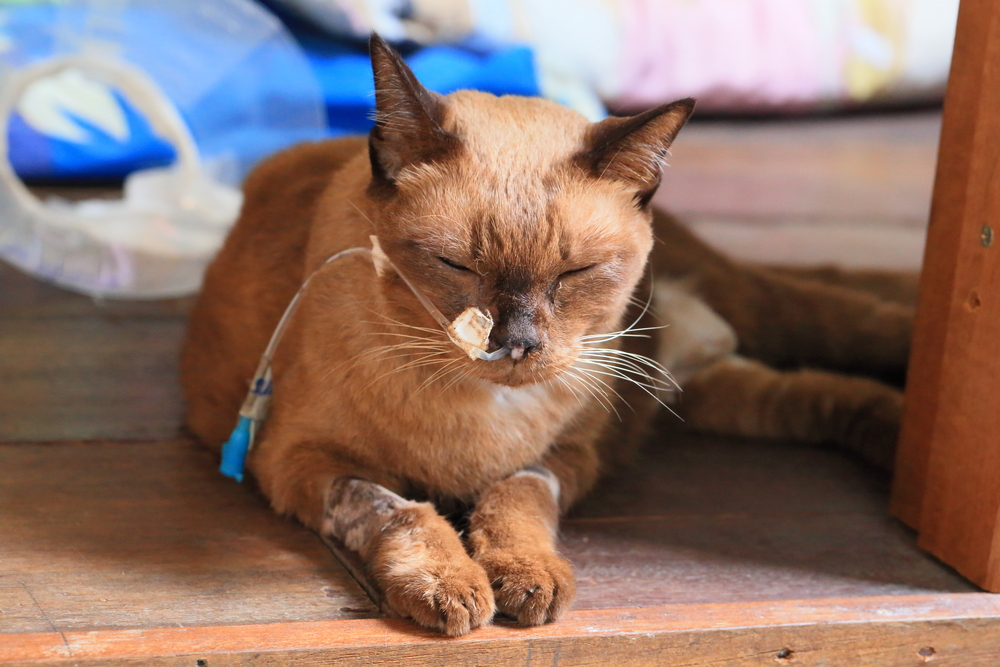
FAQs About Pet Chemotherapy
How long will my pet need chemotherapy?
It depends on the diagnosis and response. Many protocols last 12 to 16 weeks; others use longer maintenance. We reassess regularly and adjust as needed.
Will chemotherapy cure my pet’s cancer?
Sometimes remission is achieved, but veterinary chemo primarily aims to extend high-quality time. Many pets enjoy months to years of good life.
Is chemotherapy painful?
The drugs themselves are not painful, and treatments are administered with comfort and safety in mind.
Can my pet still enjoy normal activities?
Yes. Most pets maintain their routines with minor adjustments on treatment days.
What if I accidentally touch waste after chemo?
Wash with soap and water. With timely cleaning, risk is minimal.
For more perspective, see Cornell’s cancer management FAQs.
Your Pet Deserves Expert Cancer Care
At Omega Veterinary Group, advanced oncology, 24/7 emergency capability, and criticalist oversight come together to protect both comfort and safety. We collaborate with you on clear goals, communicate closely, and adapt quickly so treatment fits your pet and your family.
If your pet has been diagnosed with cancer or you are worried about symptoms, reach out for expert guidance. Contact Omega Veterinary Group to schedule a consultation and explore options through our criticalist-led oncology program.

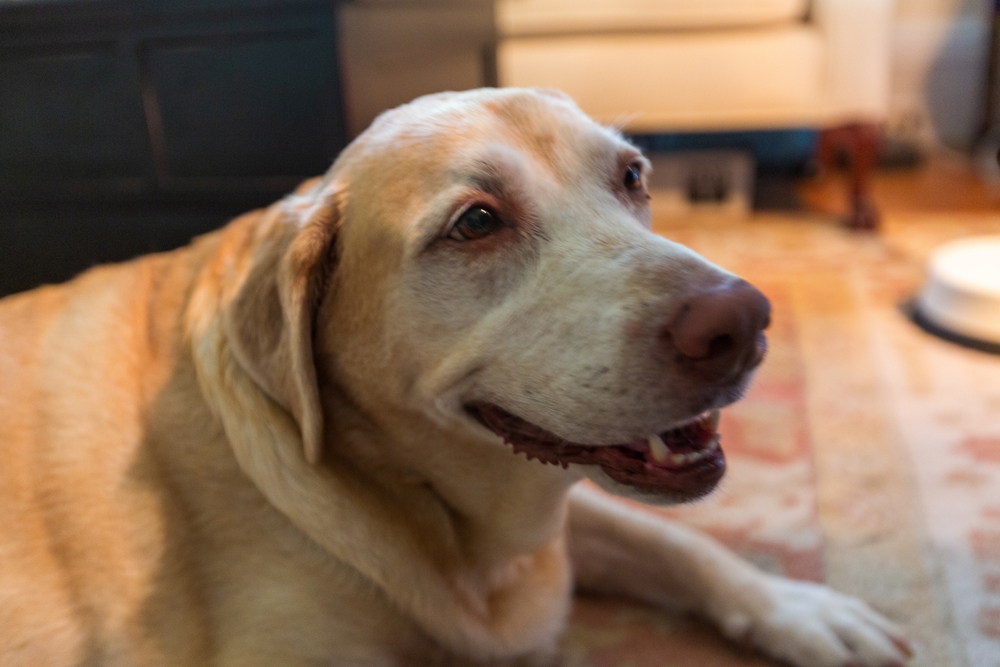

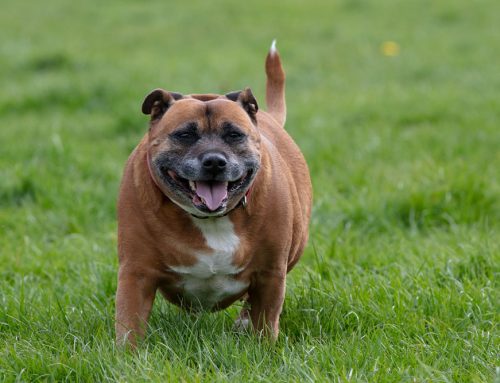
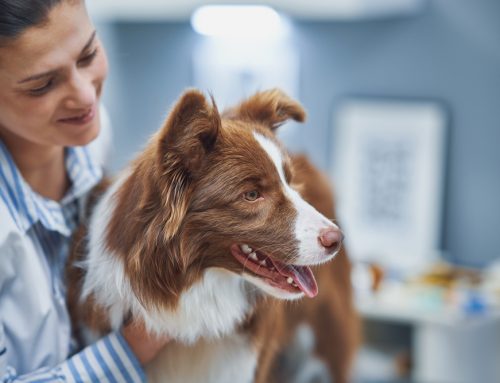
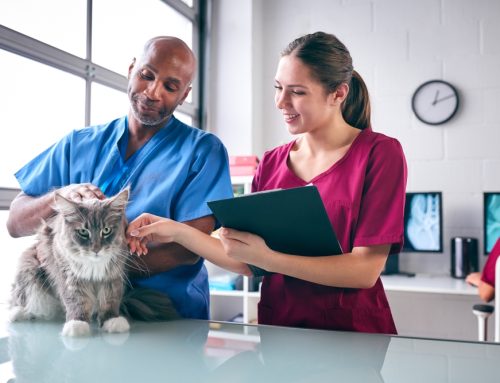
Leave A Comment